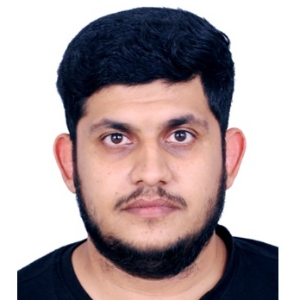Title : Utilization of Li ion mobile battery waste for adsorptive removal of hazardous Methylene Blue (MB) dye from waste water
Abstract:
In current scenario lithium-ion batteries (LIBs) are widely used in mobile electronics, owing to their cycle efficiency, energy density, and superior performance. But the higher demand for LIBs also comes with problems, especially when it comes to dealing with used batteries. It is not a good idea to throw away used LIBs because they contain dangerous chemical solvents, metals, and flammable plastics that could hurt people and the environment. This study examines the adsorption capacity of cathode material for methylene blue dye derived from waste LIBs. FE-SEM was used to get an idea about the morphology of adsorbent. High-resolution microscopic images reveal the aggregation of small-sized particles within cathode scrap. Kinetic study of MB at two different concentration of 25 and 100 mg/L was done and we got an quilibrium time of 60 minutes. Non-linear Pseudo-first -order (PFO) and pseudo -second -order (PSO) kinetic model was fitted with obtained kinetic data. Higher correlation coefficients (R2) confirms that adsorption process follows PSO kinetic model. To get an idea about the adsorption capacity of the adsorbent we have done the isotherm study in the MB concentration range of 10 mg/L to 300 mg/L. The maximum quantity of methylene blue adsorbed, as determined by the Langmuir model, is 80.42 mg/g at pH 12. The data clearly confirm that cathode scrap can be used as an adsorbent for the removal of various pollutants from waste water.
Keywords: Lithium-ion battery, Methylene blue, Adsorption.


